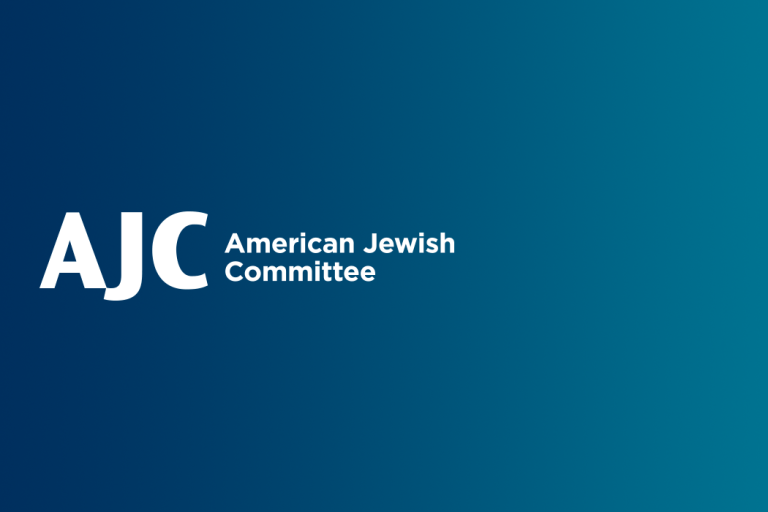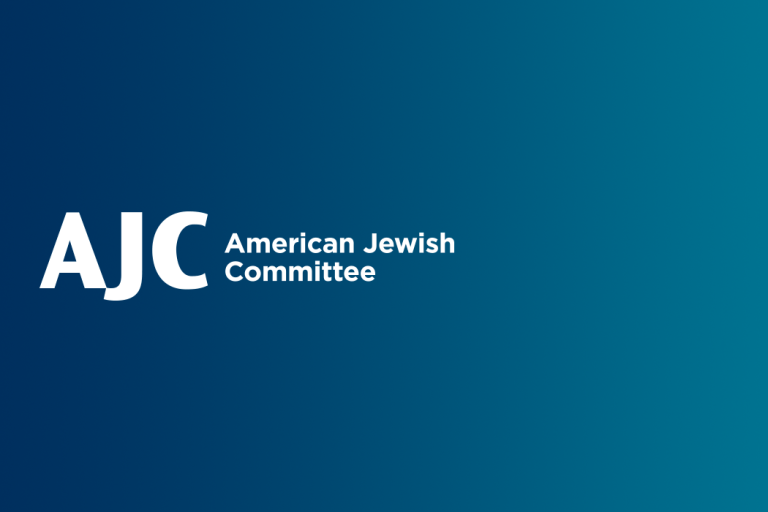July 18, 2022
By Sasha Giniger, Northeastern University ‘25 and AJC Silverman Fellow in Combating Antisemitism
A few weeks ago, we saw the launching of a website by BDS Boston called The Mapping Project. As a rising sophomore at Northeastern University who is highly involved in Jewish life on campus, the Mapping Project hit particularly close to home. This project, which claims to have the aim of “[cultivating] relationships between organizers across movements and deepening [their] political analyses as [they] build community power,” is a horrifying display of the natural progression of the BDS movement’s antisemitic underpinning. But it also was more personal than many of their attacks in the past have been.
First and foremost, it is clear that this map, and by extension, the BDS movement, threatens the wellbeing of Jewish students. The map mentioned the majority of Boston schools, but as a college student in Boston involved in Jewish life across campus, I was appalled that the map called out students by name, some of whom I know and am friends with, at my university. Students who are part of TAMID, a professional business and leadership group; students who are leaders in my university’s Chabad and Hillel; and students who have been part of CAMERA on campus, among others. Nineteen and twenty year old students were being targeted by this organization with intentions that were anything but positive. This was not just happening for my university, but for many of the universities around the city, such as identifying Hillel staff at Boston University and student groups at Harvard and Tufts. In the project’s sweep, they included groups with the goals of promoting peace and understanding in the conflict, such as Tufts Students for Two States group and any university with a Hillel chapter.
What was most terrifying for me was that, although this project drew mostly on data from 1-2 years before I began at my university, if it continues to update over the next few years, my name could easily be put on it. I am in leadership for my campus Hillel, part of my university’s pro-Israel group, and have done fellowships in the past akin to the CAMERA program (and plan to continue doing more). This targeting of individual students will continue, and not fighting this makes it even more likely that more of us will be targeted in the future.
BDS as a group has long been identified as antisemetic, even being condemned by the House of Representatives in 2019, but still maintains that they are simply a human rights organization focused on the Palestinian cause. But the question has always been: what does fighting to ban Kosher food on a college campus and other actions taken directly against Jewish students in the United States have to do with the Palestinian cause? This question, and the question of the antisemetic status of the BDS organization, were, in my opinion, answered by this Mapping Project. The map included many social issues beyond simply addressing the Palestinian cause, blaming the “Zionists” for anything from police brutality to gentrification to lack of access for underprivileged Americans to medical care during the pandemic. Blaming these issues on the Jewish community, echos the kind of antisemitic scapegoating which has been present throughout history, from the Black Death to Nazi Germany.
In the past, BDS have claimed that they do not have an issue with Jews, they just have an issue with Zionists. This has always rung false for us, as most polls put the number of American Jews who are Zionists at upwards of 95%, but the Mapping Project pulled away any pretenses that may once have existed. Hillels and Chabads on college campuses, organizations for Jewish teens, private Jewish high schools, organizations meant to support Jews with disabilities and give them access to cultural and religious programming, and much more were on that map. Beyond those individual groups, the map condemns the Jewish Community Relations Council (JCRC) of Greater Boston as a propaganda and lobbying coalition, branding any group affiliated with the Council as a dangerous Zionist group. This includes not only Jewish veteran groups, Holocaust survivor groups, groups for LGBT Jews, and Jewish Community Centers (JCC), but also the Orthodox Union, the Union of Reform Judaism, and the United Synagogue of Conservative Judaism. This targeting sends a very clear message that when they talk about Zionists, they mean all Jews; Reform, Conservative, Orthodox, and anyone in between are subject to their condemnation.
Such a targeting of Jewish life is undeniably antisemitic and leaves me wary about the coming school year. In a world where shuls must have armed security and still face hostage situations and shootings, in a world where I must go through a metal detector to go to the JCC near my house, in a world where Jews make up less than 2% of the American population but are the victims of 60% of the religiously motivated hate crimes, how is this map not a call to violence? Alongside the vitriol the project spewed at universities, Jewish cultural centers, and synagogues, it gave the exact addresses of each of these institutions. It pointed out where the Jewish institutions were, blamed them for many of the most pervasive social issues facing Boston and Massachusetts residents, and then had the gall to claim that their map was not attempting to incite violence.
The other trend that the map reflects, besides the recent rise in antisemitism, is the overall rise of anti-intellectuallism and dislike of compromise. Many of the groups called out by the map were coalition building groups, working to promote peace and conversation between those who are pro-Israel and those who are pro-Palestine. Some were also university archeological and history programs that even dared to admit to the truth of Jewish history in the land of Israel who they lambasted for “attempting to provide scientific legitimacy to the mythological underpinnings of Zionism,” through the copious amounts of archaeological evidence they found and studied. This kind of denial of history and desire for institutions to change historical facts to fit their political beliefs is extremely dangerous and, if ever achieved, would have devastating long term results. It also sets their movement as a staunch opponent of realistic peaceful solutions, dialogue, or any kind of compromise, attempting to assert that the conflict is not a conflict at all, but rather a black and white, one-sided, aggression. Far from any attempts at bringing safety and peace to the situation, this map and its ideology reflect a desire to inspire hate and discord.
The project is not altogether surprising to those who have long stated that this is the route that BDS would inevitably go down. It is a depressing and worrying reminder that these groups will happily bring harm to Jewish children, to Jewish college students, to the most vulnerable in a community that is already vulnerable as a whole. Since the map was launched, national BDS spokespeople have tried to distance themselves from it, but it is following exactly the principles that they have long espoused and encouraged. The fight against BDS is often most visible on college campuses, but the organization is, and will continue to, target Jews in every aspect of life, finding in the Jewish community a scapegoat to blame for any and every social ill they can imagine, as many before them have done to our community. Going back to Boston for college in the fall, this incident will remain firmly in my memory and, hopefully, will wake more people up to the danger presented by BDS and their ideology.


